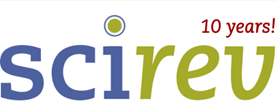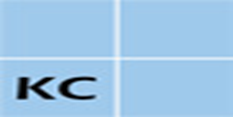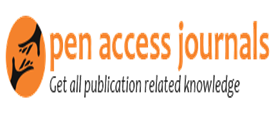THE ROLE OF INSTRUCTIONAL MATERIAL IN DEVELOPING COHESION AND COHERENCE IN ARGUMENTATIVE WRITING
DOI:
https://doi.org/10.63878/aaj893Keywords:
cohesion, coherence, argumentative writing, ESL learners, ADDIE model, task-based language teaching (TBLT), Pakistani higher education.Abstract
Cohesion and coherence are essential components of effective argumentative writing, yet they remain persistent challenges for Pakistani ESL undergraduates due to exam-driven curricula and limited discourse-level instruction. This study investigated the impact of a systematically designed instructional intervention, developed using the ADDIE model and grounded in Task-Based Language Teaching (TBLT), on improving students’ argumentative writing. A quasi-experimental design was employed with 80 third-semester undergraduates at the University of Agriculture, Faisalabad. Participants completed a pre-test and post-test argumentative essay, both assessed using the IELTS Writing Band Descriptors with emphasis on cohesion and coherence. The nine-week intervention consisted of structured modules, including handouts, worksheets, and task-based activities. Results revealed a statistically significant improvement in post-test scores (M = 5.22, SD = 1.25) compared to pre-test scores (M = 3.90, SD = 1.21), t(79) = 8.00, p < .001, with an average gain of 1.32 points. No significant differences were found across gender or academic departments, indicating the intervention’s broad applicability. The findings confirm that integrating ADDIE with TBLT provides an effective, context-sensitive framework for enhancing cohesion and coherence in ESL argumentative writing. These results carry important implications for teachers, curriculum designers, and policymakers seeking to improve academic writing pedagogy in Pakistani higher education.




































